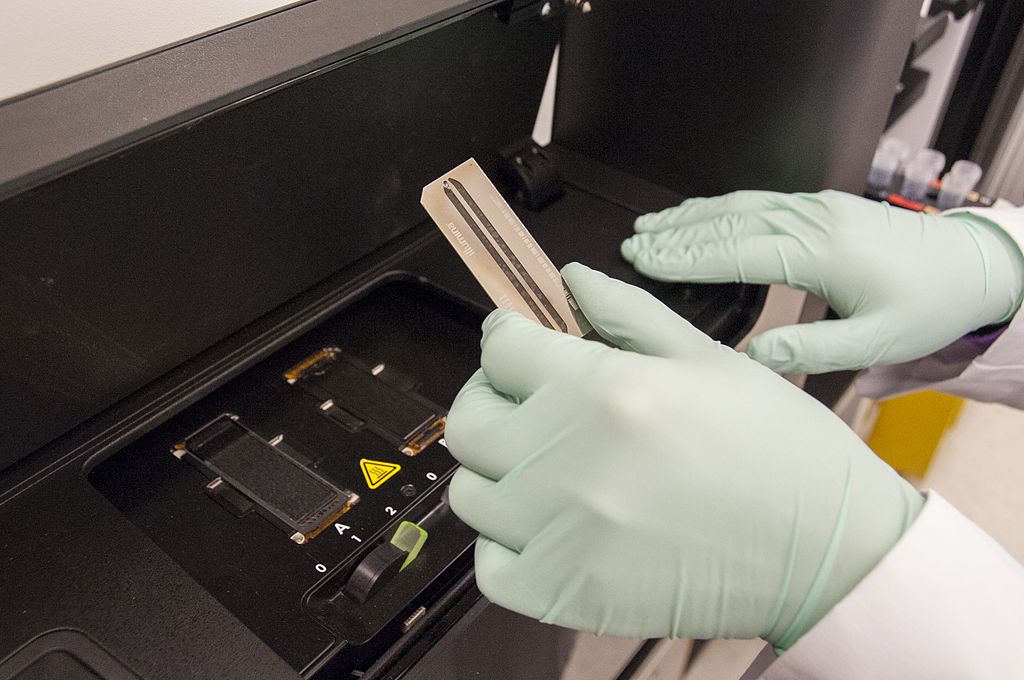

Researchers from China and the United States have developed a small, flexible patch that delivers medicine directly to internal organs. Shaped like a Band-Aid, the patch attaches to the surface of an organ and releases treatment where it’s needed most. The findings were published in the journal Nature.
Doctors have relied on the bloodstream to carry medicine throughout the body. But this approach has limits. Medication spreads beyond the target area, reaching healthy tissues and causing unwanted side effects.
Scientists have searched for safer, more precise options, but efforts to build devices that can deliver drugs directly to organs have often failed due to technical complications.
The newly developed patch could help solve those problems. It is thin, lightweight, and wireless. It does not require a battery.
Instead, it uses built-in electronics to generate a small electric field. This field creates tiny openings on the surface of an organ, allowing the medicine to move directly into the tissue.
Chinese researchers have developed an electronic patch, as thin as a regular sheet of printed paper, which can be attached directly to the surface of an organ to make drug delivery more precise and efficient. The findings were published in the international academic journal… pic.twitter.com/zz4sP0pc5u
— China Science (@ChinaScience) May 5, 2025
Researchers describe the patch as a small highway delivery system. Once attached to an organ, it can send medicine exactly where it is needed without affecting other areas of the body. This process increases treatment accuracy and may lower the risk of side effects.
The patch has demonstrated success in laboratory tests. In studies involving mice, scientists used the device to treat breast tumors and support liver repair. The treatment was effective and localized, with no major harm to surrounding tissue.
A collaborative research team from Beihang University, Peking University and other institutions has developed an electronic patch that acts as a band-aid for organs. pic.twitter.com/jLWmFMyKyY
— Beijing Daily (@DailyBeijing) May 4, 2025
In addition to delivering drugs, the patch can collect and send information back. This feedback allows doctors to monitor how the organ is responding to treatment. It can help track healing progress, check for tumor shrinkage, or alert doctors to signs of new tumor growth.
In one case, researchers used the patch to identify a key enzyme linked to cancer spreading to the lungs. This discovery could help in the early detection and study of cancer behavior.
While the band-aid-like patch is not yet approved for human use, the results are promising. Researchers say the device could eventually be used in hospitals to treat various conditions affecting internal organs.
More testing is needed, but the team believes this technology could make treatments more effective and safer for patients.
